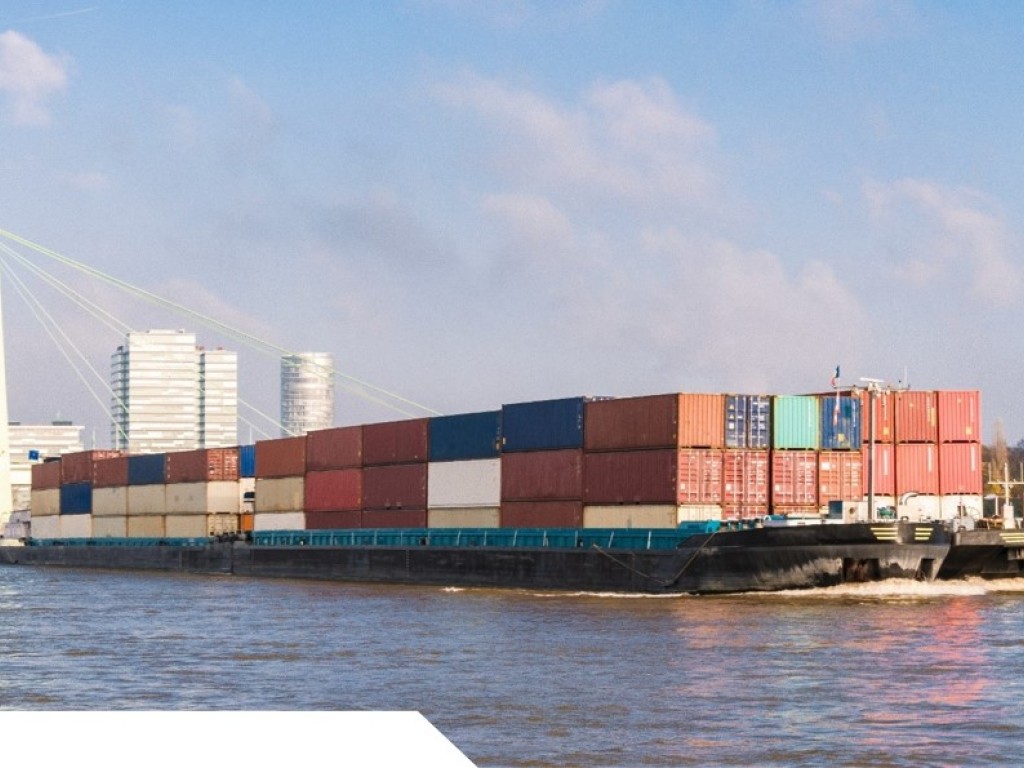Paving the way towards zero-emission and robust inland shipping (PATH2ZERO)

The transition to emission-free inland shipping is urgent and complex. Inland shipping plays a key role in Dutch and European logistics, but making this sector more sustainable requires radical changes in technology, policy and logistics processes. The project “PAving THe way towards Zero-Emission and RObust inland shipping” (PATH2ZERO) focuses on developing action perspectives and sustainable business models for all parties involved in the inland shipping chain. The aim is to work closely with the sector to test new strategies, policy measures and technological solutions for effectiveness and feasibility, thereby contributing to a joint route towards an emission-free future.
A major obstacle in the transition is the lack of an integrated approach to accurately assess the effects of sustainability measures. PATH2ZERO addresses this by developing a data-driven digital twin of the inland shipping system; a scalable and sector-wide tool for decision-making on making inland shipping more sustainable. This digital representation makes it possible to realistically model how measures work in practice, taking into account interdependencies and differences in scale.
What makes this approach unique is that it takes three crucial elements into account:
- Individual vessels – including sailing behaviour, emissions and technological modifications;
- Logistical chains – in which inland shipping plays a role as a link within broader goods flows;
- Infrastructure – such as waterways, loading/unloading locations and bunker facilities for alternative fuels.
The foundation of the digital twin is an agent-based model, which can be used to simulate interactions between ships, infrastructure and chains at different scales. The project includes the following activities:
• Inventory and modelling of emission profiles at ship level;
• Modelling of logistics chains and the use of inland shipping within them;
• Analysis of bunkering and loading infrastructure and scenarios for the roll-out of alternative fuels;
• Simulation of policy measures and technological innovations within the digital twin platform;
• Validation of the model with practical data from the sector.